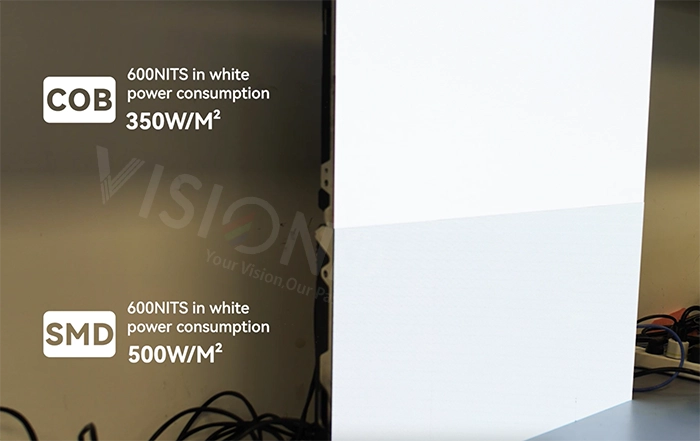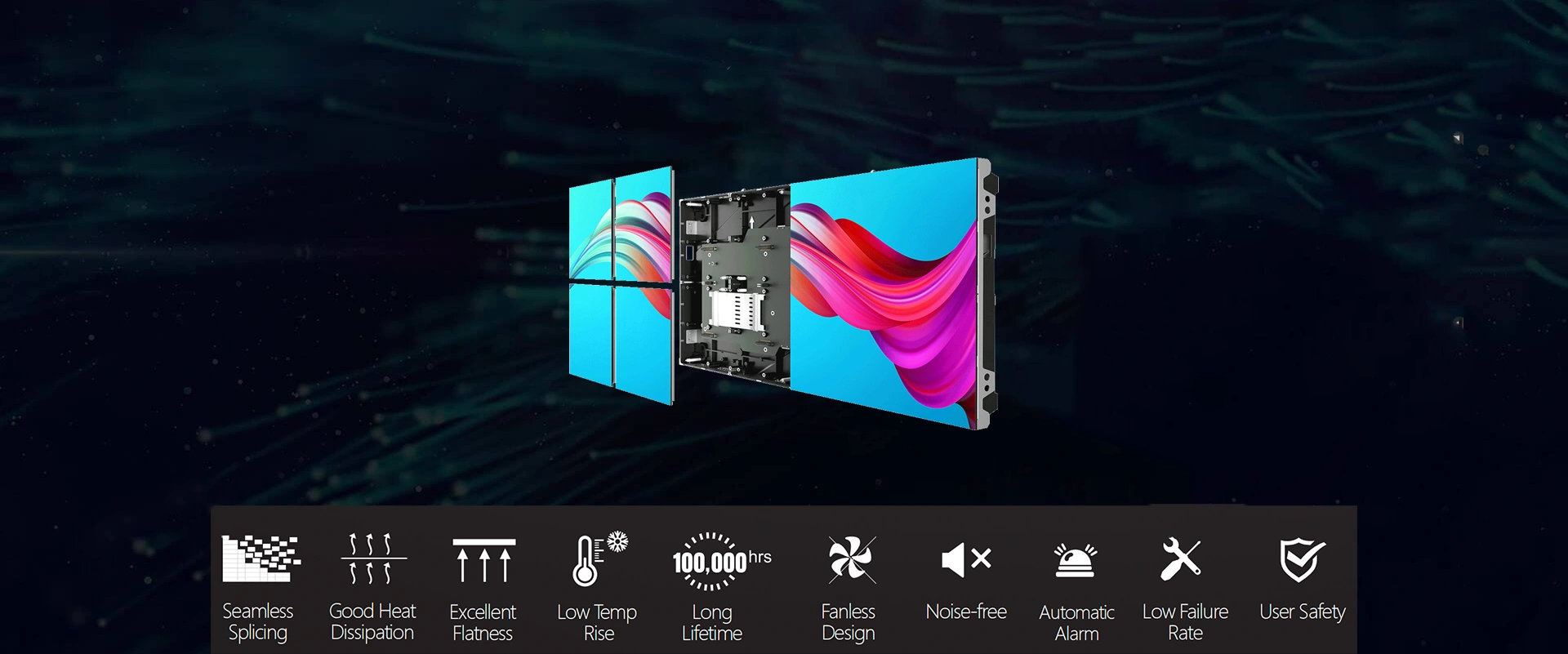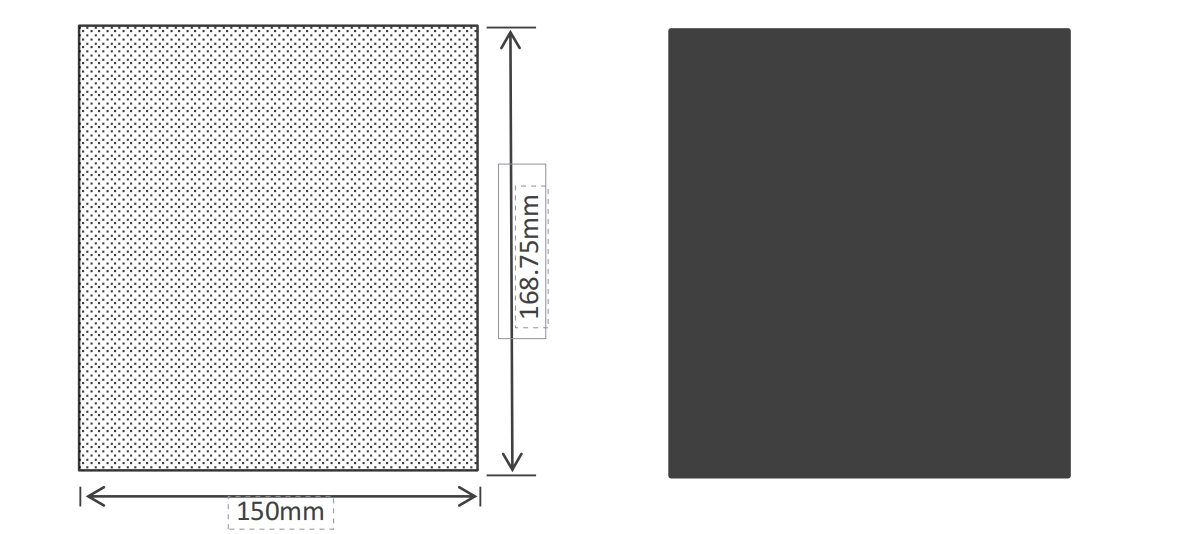In the field of LED display, with the development of upstream packaging technology, there gradually form two different LED display panel preparation technologies, SMD ;IMD; COB. We can use these two technologies to produce small-spacing mini LED display screens. And we will share some information about these two technologies with you.
What is COB?
Features Of COB LED DISPLAY
1. With Ultra-High Reliability
COB technology eliminates the process flow of SMD light-emitting tube packaging, color separation, taping, and patching, simplifies and improves the reliability of the product production process. Longer Life Span: Without the holder, the LED chip has lower heat resistance, largely increasing its life span
2. Smaller Pixel Pitch allowed
Smaller Pixel Pitch: the pitch of SMD is P1.2-P2.0, while COB is P 0.5-P2.0 .The COB technology is not limited by the physical size, bracket, and lead of the SMD LED package, and can break through the SMD pitch limit, achieve higher pixel density, and have a more flexible dot pitch design.
3. Larger Viewing Angle:
COB more likes the surface light source than the SMD, when light refracts, it has less light loss. COB Realizes The Conversion From “Point” Light Source To “Surface” Light Source.No pixel graininess; can effectively control the brightness of the pixel center, reduce the intensity of light radiation, inhibit moiré, glare, and glare to the retina, suitable for close and long-term viewing, not easy to cause visual fatigue, suitable for close-screen viewing.
4. Higher Protective Performance
The PCB circuit board, crystal particles, solder feet, and leads are fully sealed. The advantages of the sealed structure are an obvious-for examples, moisture resistance, anti-collision, prevention of pollution damage, and easier cleaning of the device surface.


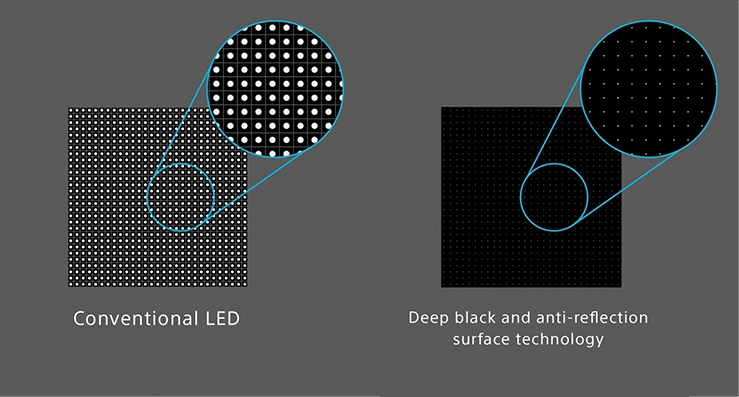
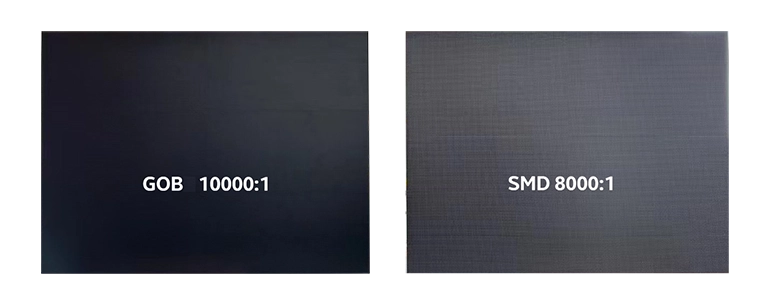

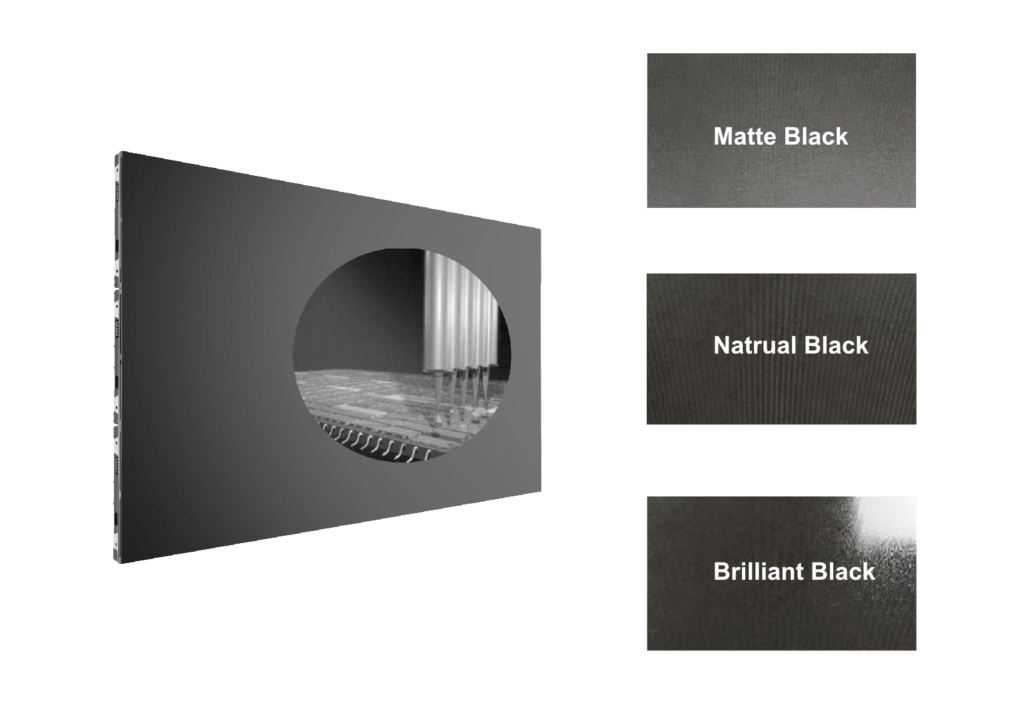
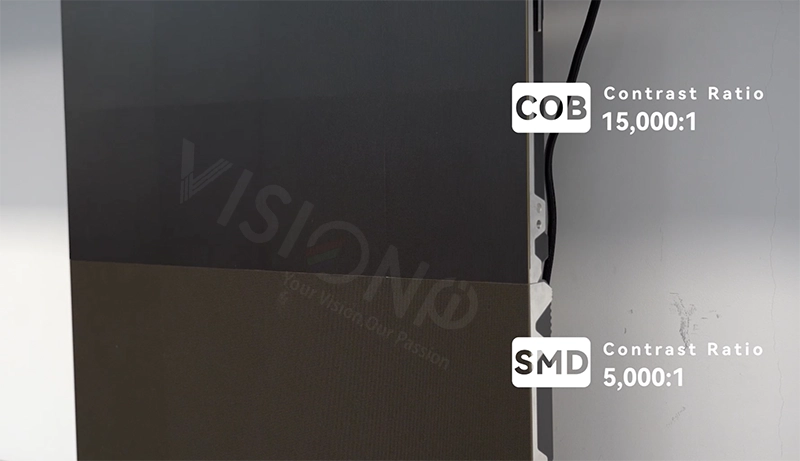
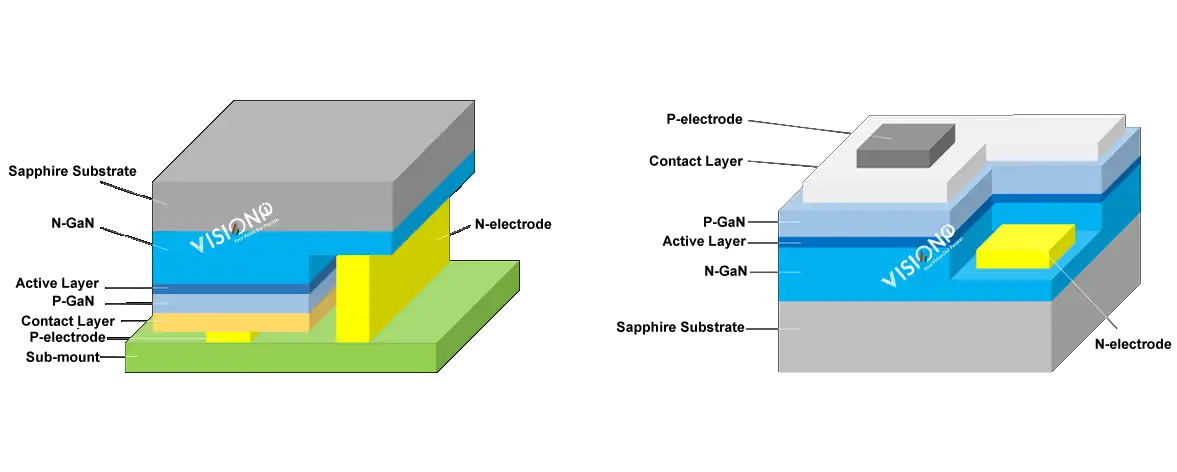
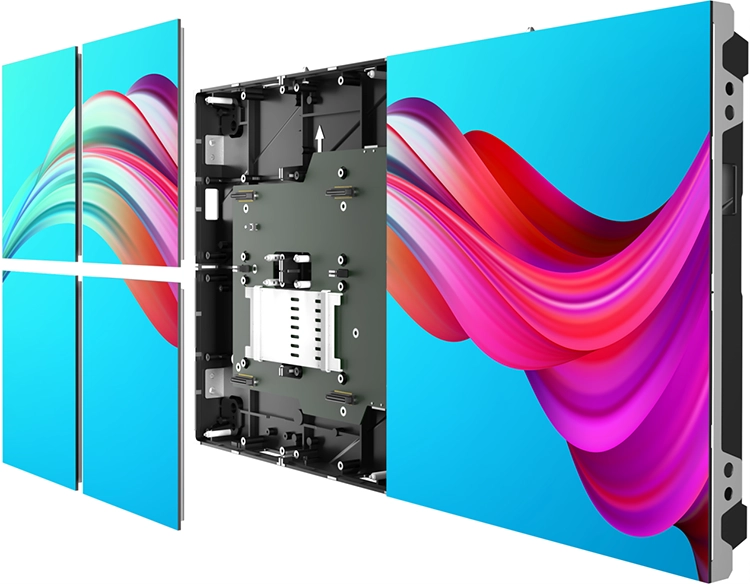
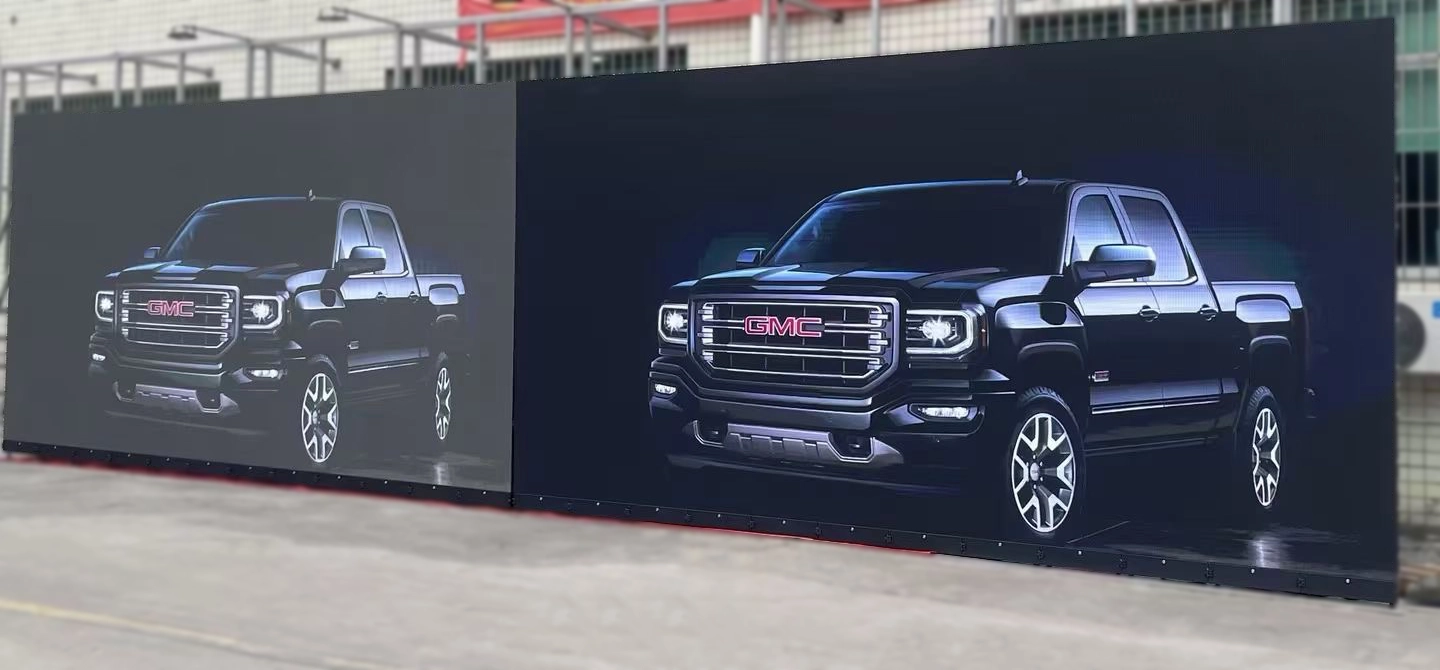


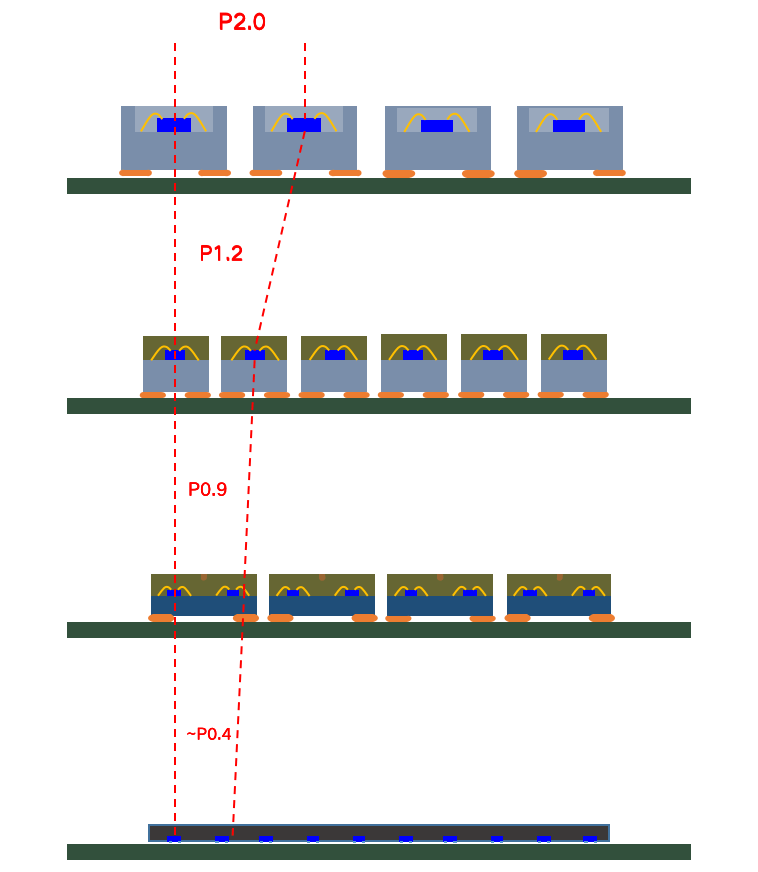
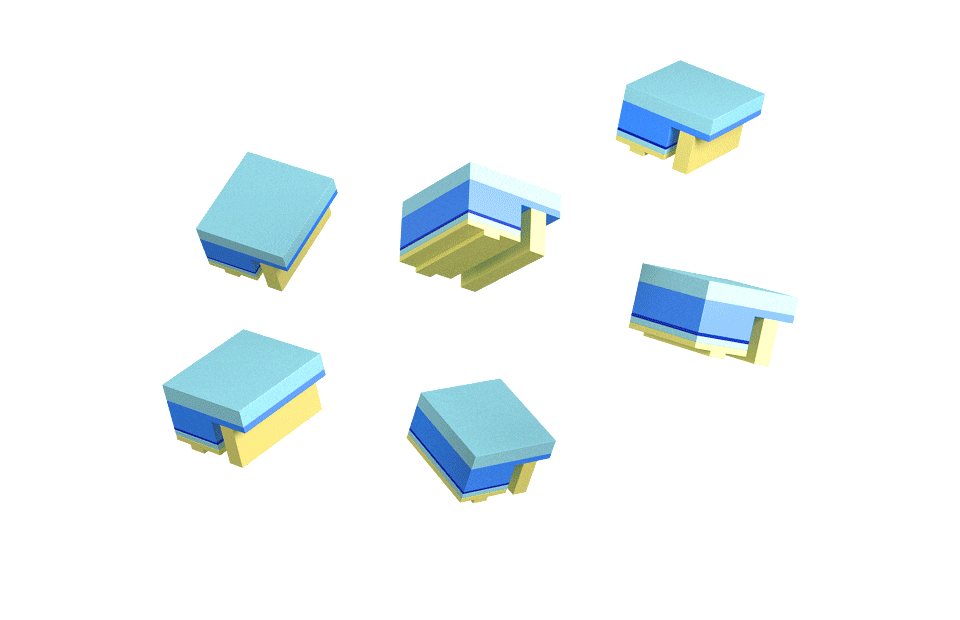
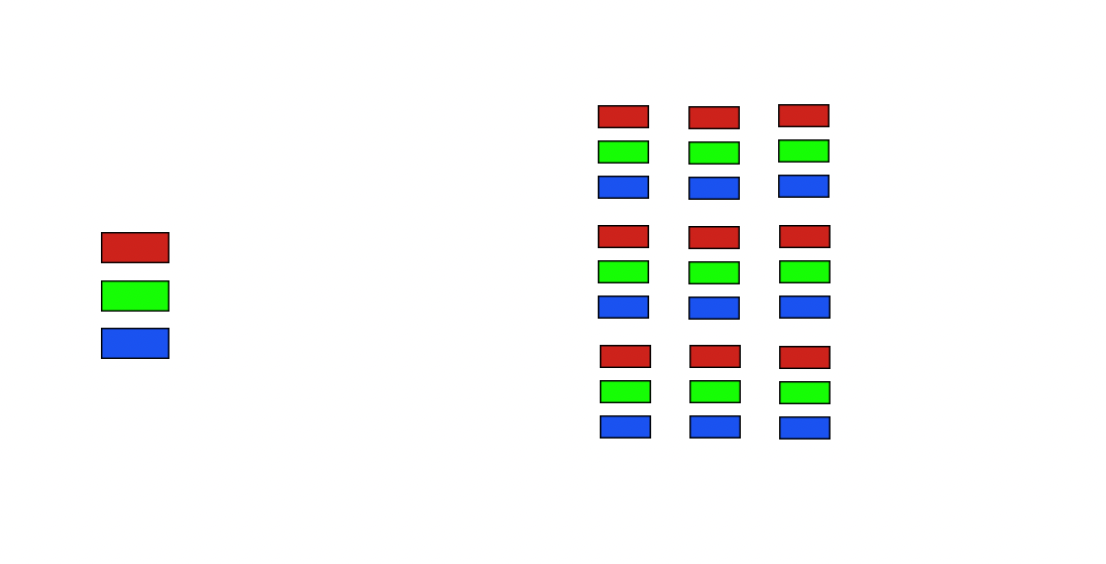
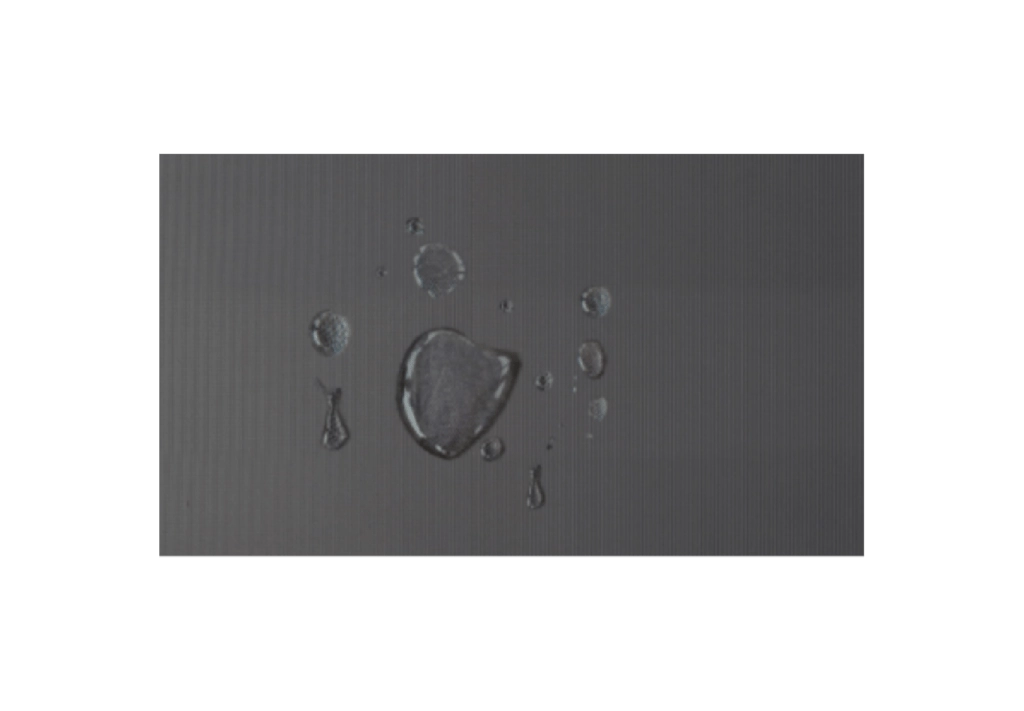
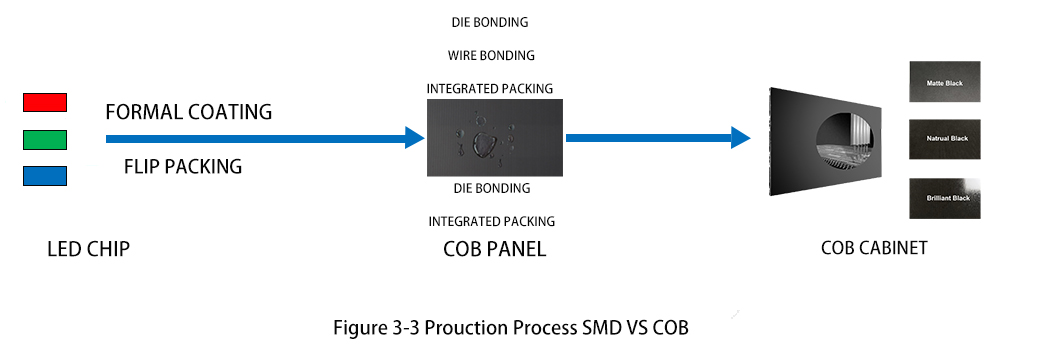
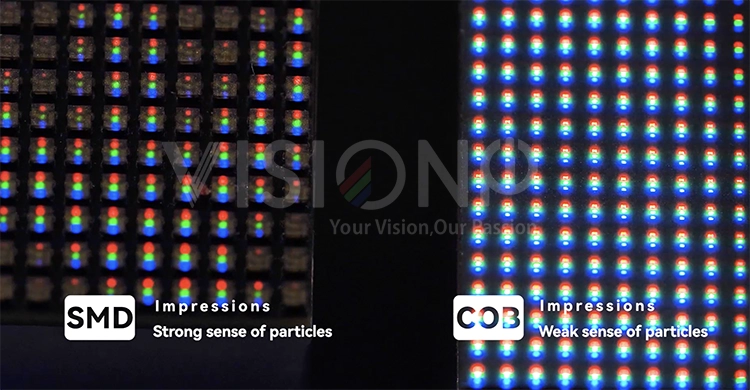
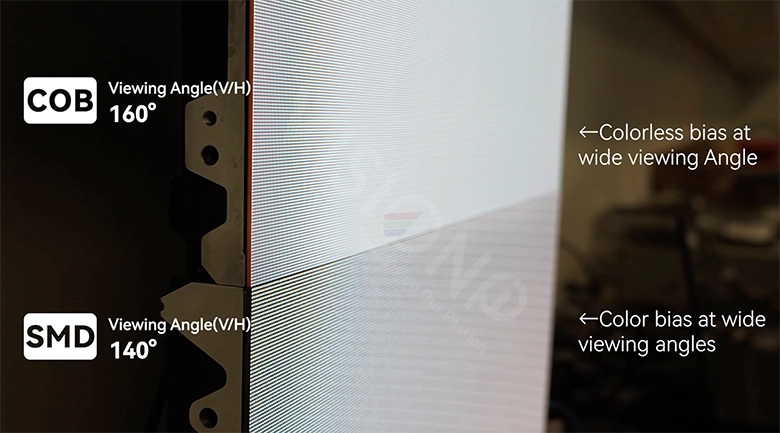
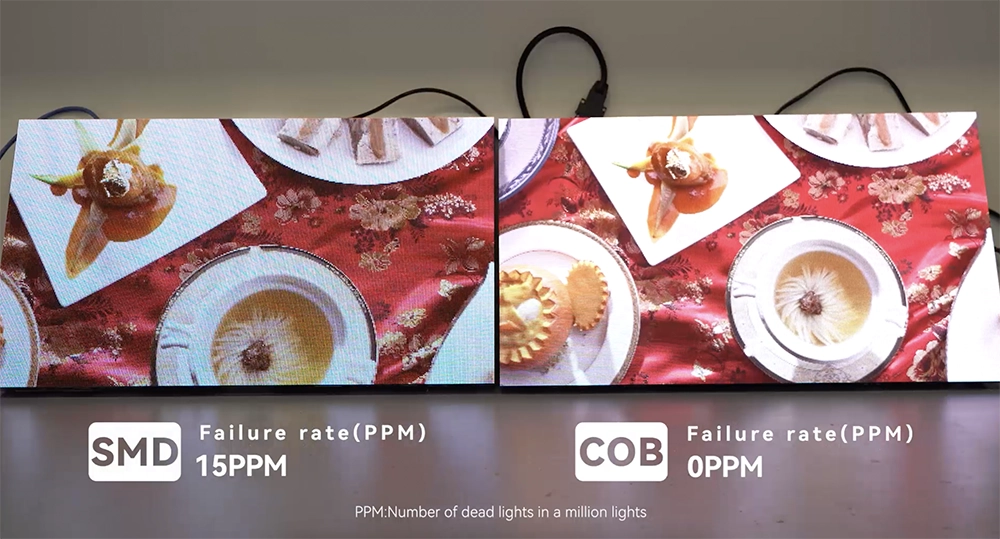
 Superior Durability COB is better at withstanding collisions and the effects of Oil, Damp, Water, Dust, Oxidisation, and dust.
Superior Durability COB is better at withstanding collisions and the effects of Oil, Damp, Water, Dust, Oxidisation, and dust.